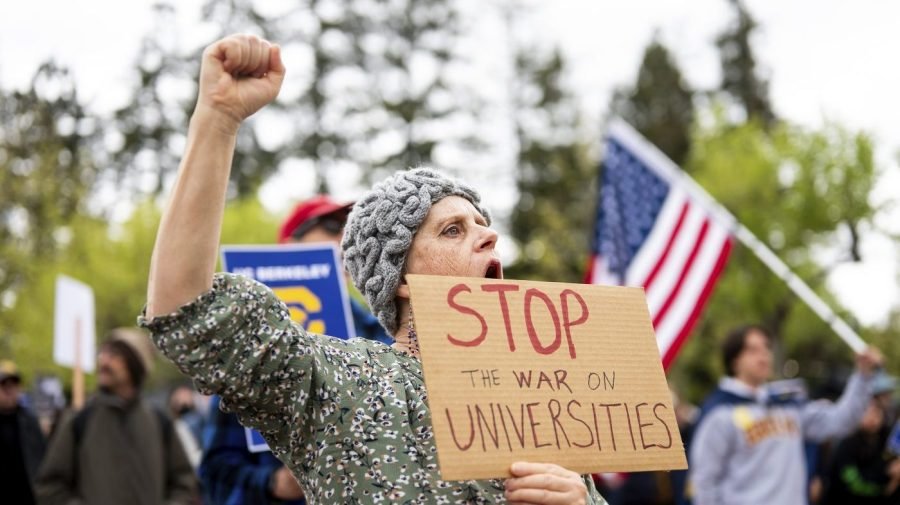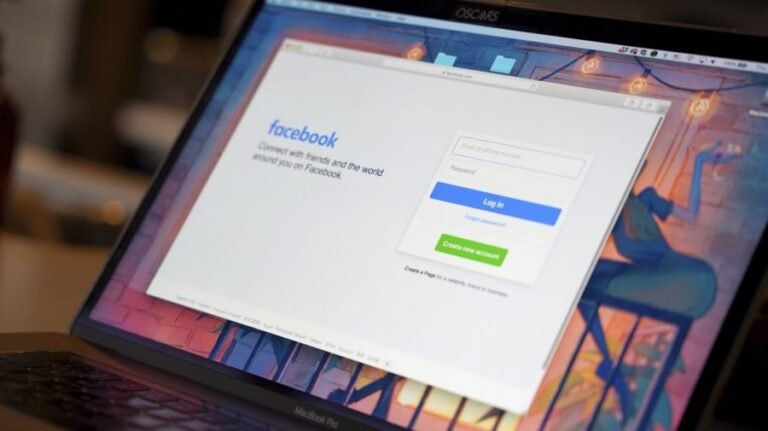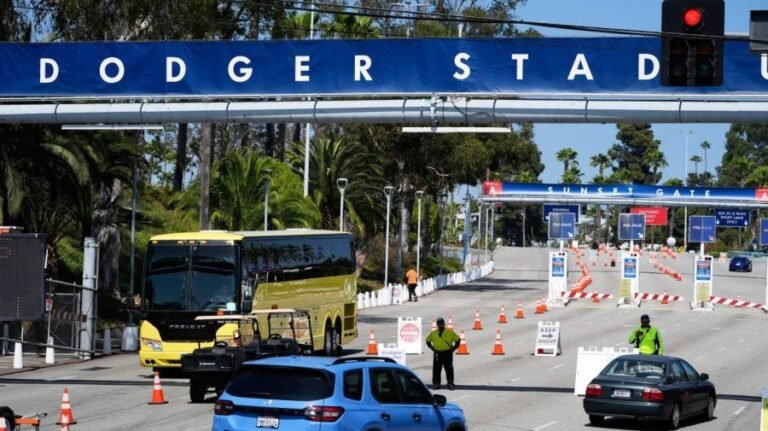
The House proposed tax on college endowments has drawn considerable attention. Critics have rightly noted that it would effectively tax student scholarships as well as undermine donor intent, and lacks a clear public policy rationale.
While this tax targets only the wealthiest institutions, every college and university in the country is paying a different kind of price — what I call a “chaos tax.” This refers to the unfunded time, energy and expense required to respond to the administration’s attacks on higher education, along with its onslaught of confusing policy proposals and demands. That the federal government would so recklessly jeopardize the future of American colleges and universities is mind-boggling.
When my organization surveyed and interviewed hundreds of college presidents two years ago, they reported that the issues that mattered the most to them were tied to improving the education offered to students. Among their top priorities: fostering a climate for free expression, strengthening the college-to-career pipeline, and integrating new technologies. This year, college presidents tell us that the bulk of their time is taken up with responding to executive orders, protecting the rights of students, and responding to negative perceptions of higher ed.
In both the near past and the present, many were also focused on the financial stability of their institutions. But the current policy climate has made this an even more pressing worry. College presidents now express concern that their institutions face an existential threat.
Each time the federal government issues a threat or demand, institutions must pause to parse and interpret it. Each time funding is withheld or a grant is cancelled, institutions have to realign their already stressed budgets and make difficult decisions. Many executive orders have been paused by judges due to their lack of clarity or their lack of alignment with federal law or the Constitution. But whether they stand or fall, the toll on campus leaders — and the students they serve — is intense. If our largest universities are struggling to respond, imagine what this season of attack is doing to the many smaller and leaner institutions.
To give just one example, the recent threat to disenroll Harvard’s international students — a threat currently on hold thanks to a judicial ruling — has sent shock waves throughout all of higher education. Nationally, more than a million college and university students are from countries outside the U.S. For decades, American colleges and universities have welcomed them, seeing opportunities for enhanced peer-to-peer global learning, a way to keep tuition down for domestic students, and a chance to share the good news about American democracy and freedom to learn.
In the wake of unprecedented arrests, sudden cancelling of visas and now the threat of disenrollment, international student applications have dropped dramatically across the board. Current international students are panicked about their future and unsure if they will be able to return after the summer.
For many years, American higher education has been the envy of the world and one of our most successful exports. The international students who flock here pay top dollar to receive a world-class education, globally lauded credentials, and a deeper appreciation for the American way of life. In this case, the balance of trade is widely in our favor.
The loss of international students means a less effective and robust education for all American students. Without revenue from international students, American students will have to pay more. And international enrollment is but a single target of chaotic orders and policy. With more of their college leadership investing time in navigating the many unforced errors of the current administration, American students will see less time spent on meeting their educational needs and fewer opportunities to pursue careers in science, technology, engineering and mathematics and other important fields.
That the federal government would recklessly endanger the future of so many American colleges and universities is vexing. What are our goals as a nation? Are we looking to create well-paying jobs and enhance American prosperity? Preserve the blessings of a free society? Improve health and life expectancy for more Americans? No country has been able to achieve these aims without significant investment.
It is not just the elites that are bearing the burden of this chaos. The local religious college, the small comprehensive university that educates nurses and teachers, community colleges, the land grant public institution, the state branch campus — all of them are vulnerable to the same threatened withdrawal of federal support.
Collectively, American higher education is being weakened and hollowed out. Our capacity for scientific innovation is being hobbled. Our pathways out of poverty are being pruned. Our future is being mortgaged.
We need to insist on a sensible policy agenda for higher education — one that is preparing the country for the impact of AI and positioning our graduates to serve their communities and lead in their professions. Students, alumni and families who hope for a bright future for their children must join higher ed leaders and insist on an end to the chaos tax.
Marjorie Hass, Ph.D., is president of the Council of Independent Colleges, an organization serving more than 600 independent colleges and universities, based in Washington, D.C.


